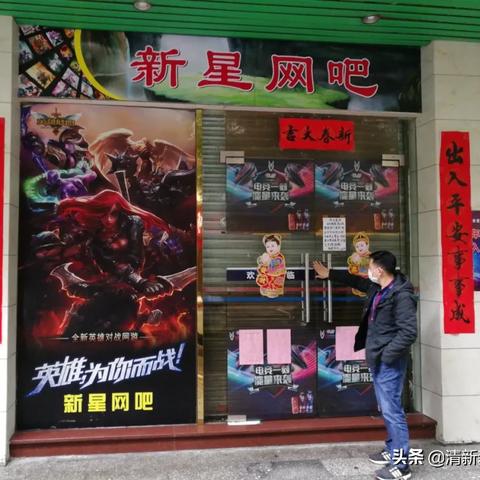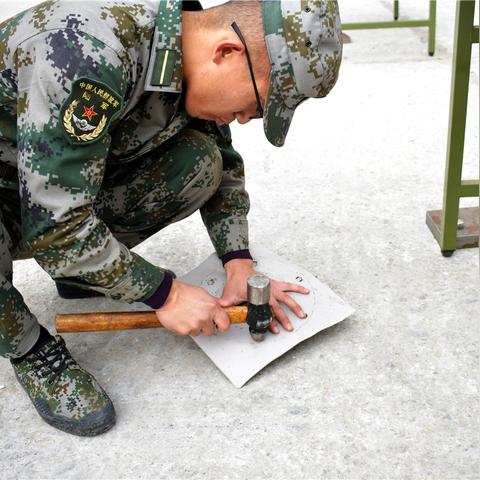Introduction to the 2025 New Economic Era
As the world economy undergoes unprecedented changes, the year 2025 marks a significant turning point, designates Phase 2 of the New Economic Era. In this era, nations are entering a new economic order where interdependence and international cooperation are cornerstones of development. However, this progression is met with challenges, particularly the tug-of-war between the substantial benefits of international trade, exemplified by the "soybean agreement,” and the wave of "supply chain decoupling."
The Soybean Agreement: Bridging Economic Cooperation
Central to the new economic era's prosperity is trade, with the "soybean agreement" representing a critical blueprint for nations to navigate mutual growth. Soybeans, a commodity vital to global food systems and protein supply, forms the backbone of trade balances and economic forecasts. This agreement, binding agricultural economies, promotes trade stability, strengthens food security, and symbolizes strategic alliances among nations.
The Complexities of Supply Chain Decoupling
Parallel to the "soybean agreement," the phenomenon of "supply chain decoupling" arises as a response to geopolitical shifts, trade wars, and the global pandemic. Decoupling indicates a strategic withdrawal of nations from interdependent industrial systems, aiming for self-sufficiency or regional dominance. Decoupling impacts大豆协议's efficacy and complicates global economic interdependence, posing questions about the future of global commerce and production networks.
Understanding the Economic Dynamics
In the context of the 2025 period, understanding the interplay between international agreements like the "soybean agreement" and "supply chain decoupling" is essential for policymakers, economists, and business strategists. These economic dynamics are likely to redefine global trade policies, reshape markets, and redirect investments in agriculture, manufacturing, and technology.
Strategic Implications of Soybean Agreement
The "soybean agreement" symbolizes a pragmatic approach to international trade, even in a climate of increasing nationalism and protectionism. It reinforces the belief that cooperation and shared benefits continue to matter. Nations adhering to such agreements would find advantages in maintaining stable commodity prices, bolstering job sectors related to agriculture, and ensuring the reliability of export revenues.
Challenges Posed by Supply Chain Decoupling
"Supply chain decoupling" presents significant strides that disrupt international trade as well as domestic economic stability. As nations reevaluate their dependencies, they face higher operational costs, loss of economies of scale, and the challenge of building new industrial capacities. The full implications of decoupling reverberate far beyond economic realms, reaching into socio-political and environmental sectors.
The Interface of Agreement and Decoupling
Analyzing the intersection of "soybean agreement" commitments and the movements toward "supply chain decoupling" reveals tensions in the management of global economic resources. While the agreement guides toward international collaboration and mutual benefits, decoupling advocates for local control over production and distribution systems. This intersection could either serve as a balance point or lead to more significant divergences in global trade practices.
Global Economic Scenarios
Predicting scenarios for 2025 involves studying the balance between sustaining the "soybean agreement" framework and dealing with "supply chain decoupling" initiatives. This balance depends on political commitments, technological advancements, and market forces that will shape global economic interactions. Potential scenarios vary from enhanced cooperation and integrated trade to trade isolations and economic nationalisms.
Policymakers' Response
Policymakers have a pivotal role in navigating through the complexities evoked by both "soybean agreement" and "supply chain decoupling." Strategies must balance economic nationalisms with the need for international collaboration — a delicate act that relies on diplomatic finesse, intelligent economic planning, and a deep understanding of global market dynamics.
Technological Influences
As technology continues to disrupt traditional supply chains, nations aiming to decouple might leverage advancements to establish self-sufficient systems. Conversely, technology could also strengthen the "soybean agreement" by streamlining trade processes, enhancing sustainability, and creating new opportunities for distribution. A technologically driven future could either facilitate or hinder the assimilation of these economic trends.
Economic Projections and Uncertainties
The economic projections for the years leading up to 2025 are inevitably filled with uncertainties, with "soybean agreement" providing a degree of stability amidst a turbulent time. "Supply chain decoupling," however, adds layers of unpredictability, such as fluctuations in trade volumes, sudden shifts in market access, and novel forms of economic alliances.
The Future of Global Economies
The prospect of the global economy in 2025 is a chiaroscuro of cooperation and competition, with the "soybean agreement" and "supply chain decoupling" serving as emblematic of the broader economic shifts. The final form these trends take will influence not only the immediate economic landscape but also the long-term trajectory of international relations, globalization, and sustainable development.
Conclusion: A Path Forward
As the world moves towards the 2025 horizon and the culmination of the New Economic Era, nations must carefully evaluate the implications of the "soybean agreement" and the rise of "supply chain decoupling." The path forward demands a blend of strategic foresight, adaptive economic policies, and a willingness to engage with the complexities of a rapidly evolving global market. The journey may be challenging, but the stakes are high, as the choices made in this pivotal period will sculpt the economic blueprint of the future.














 琼ICP备2023003230号-1
琼ICP备2023003230号-1
还没有评论,来说两句吧...